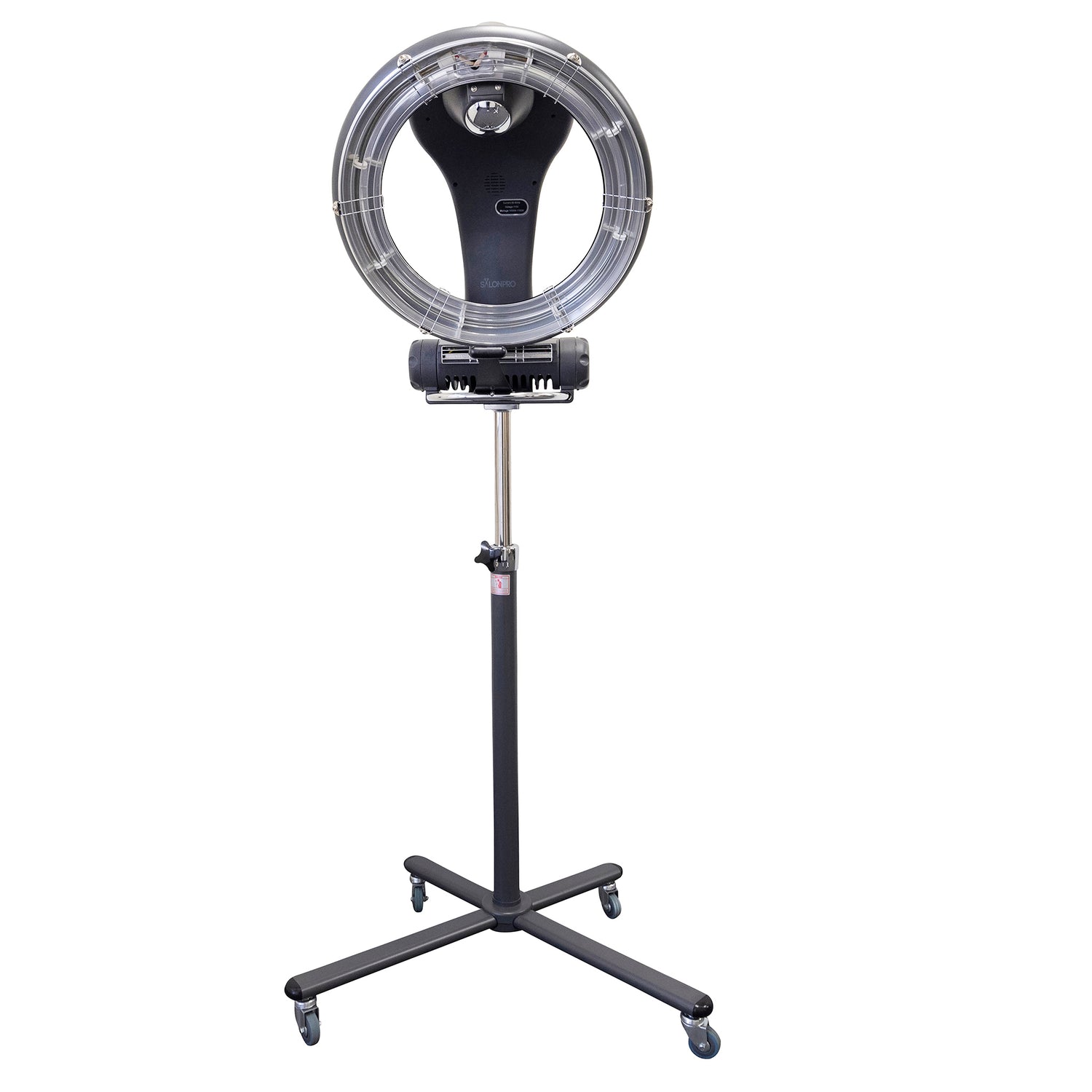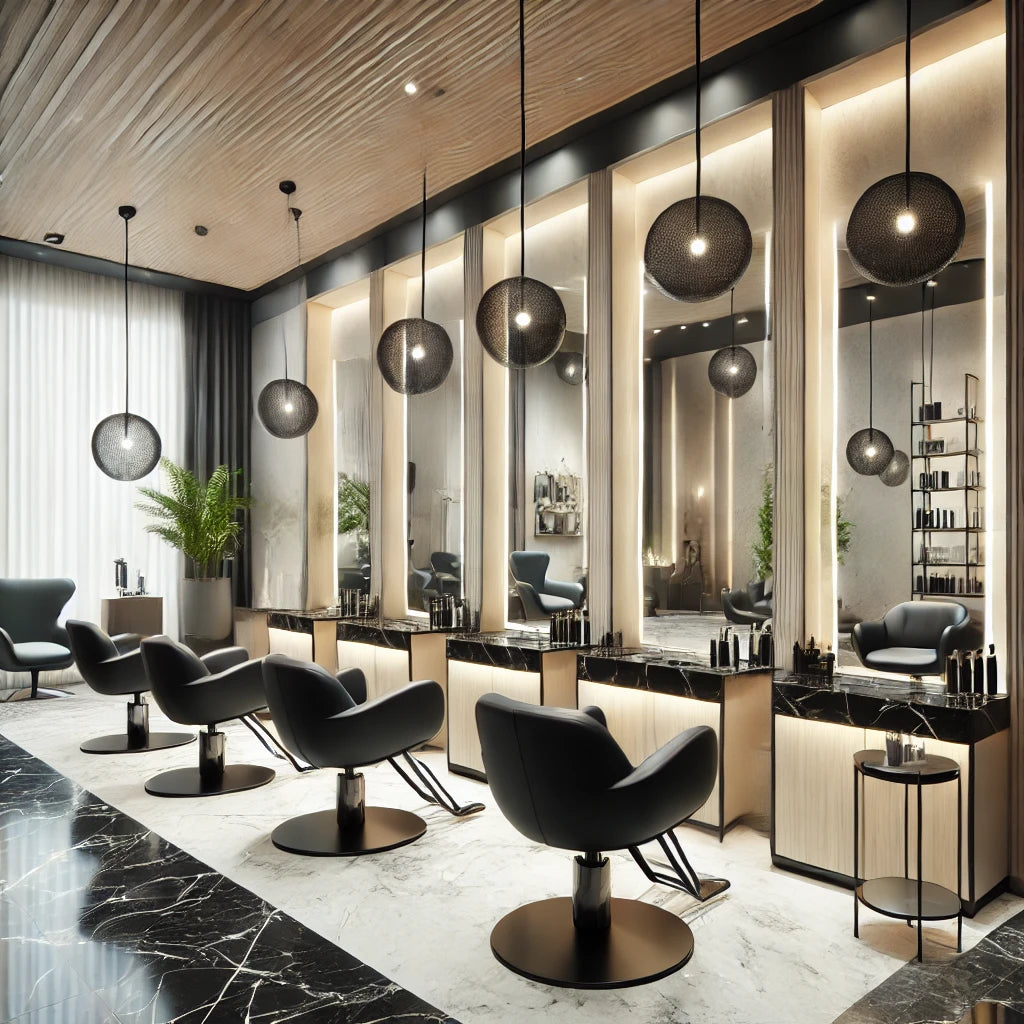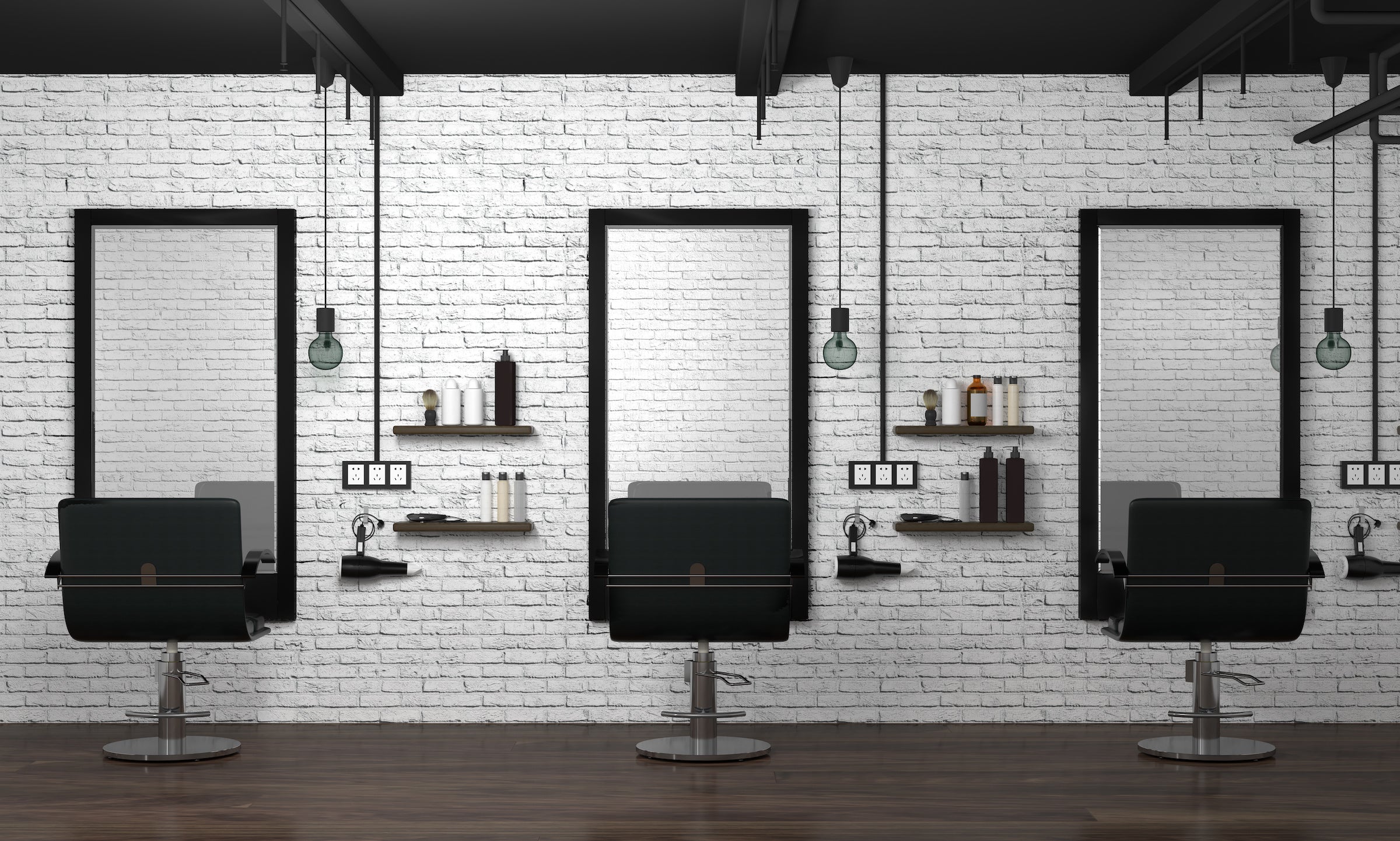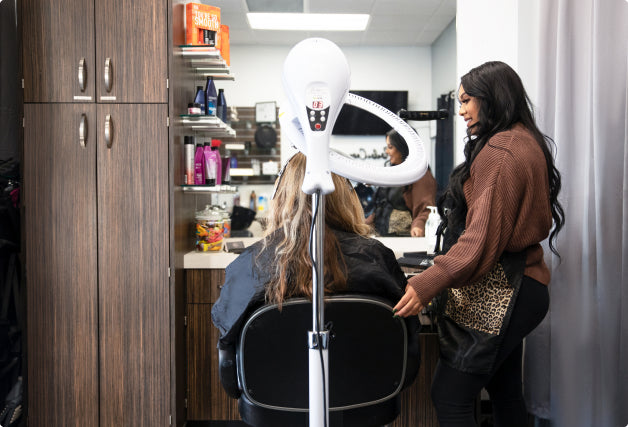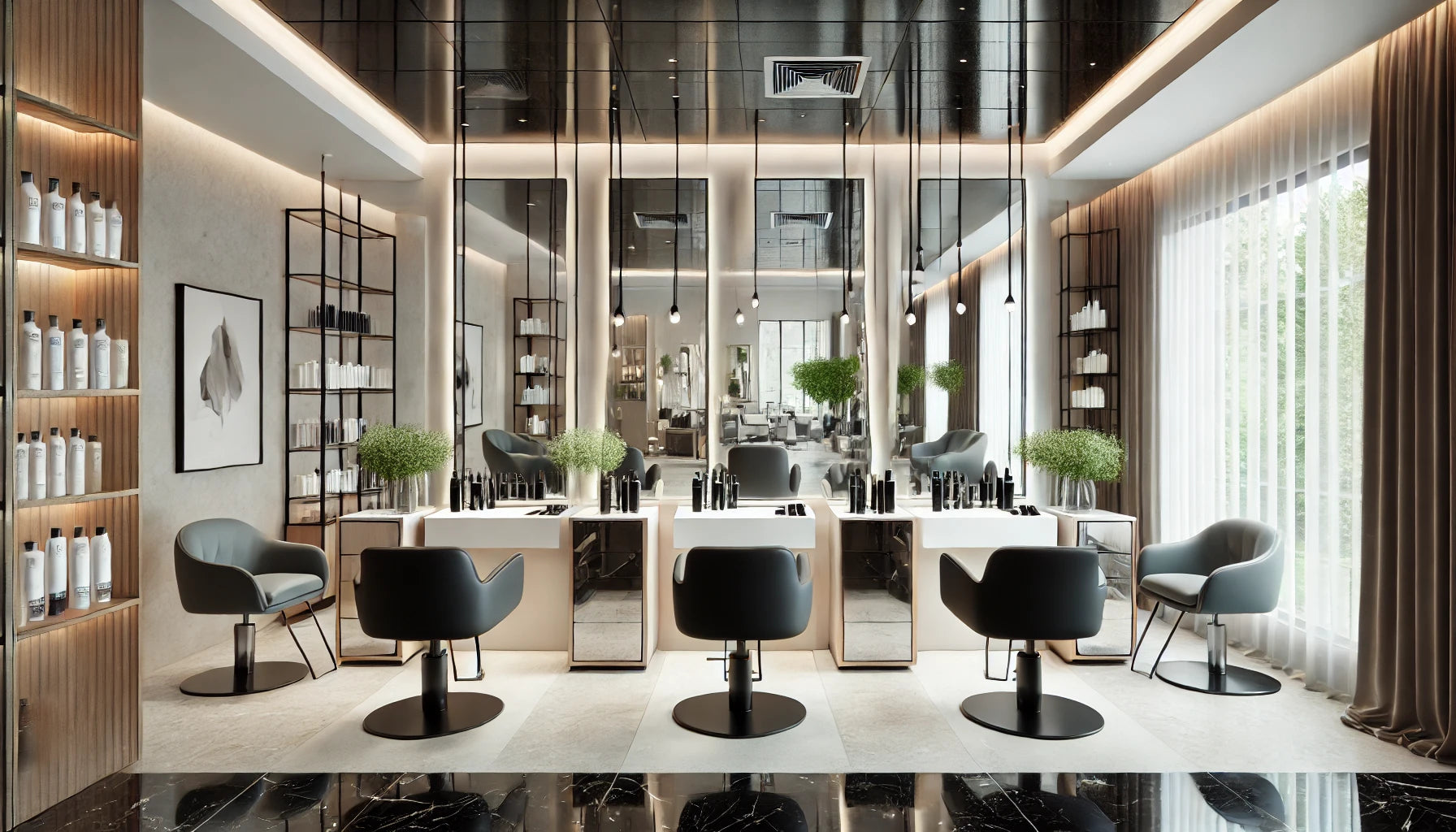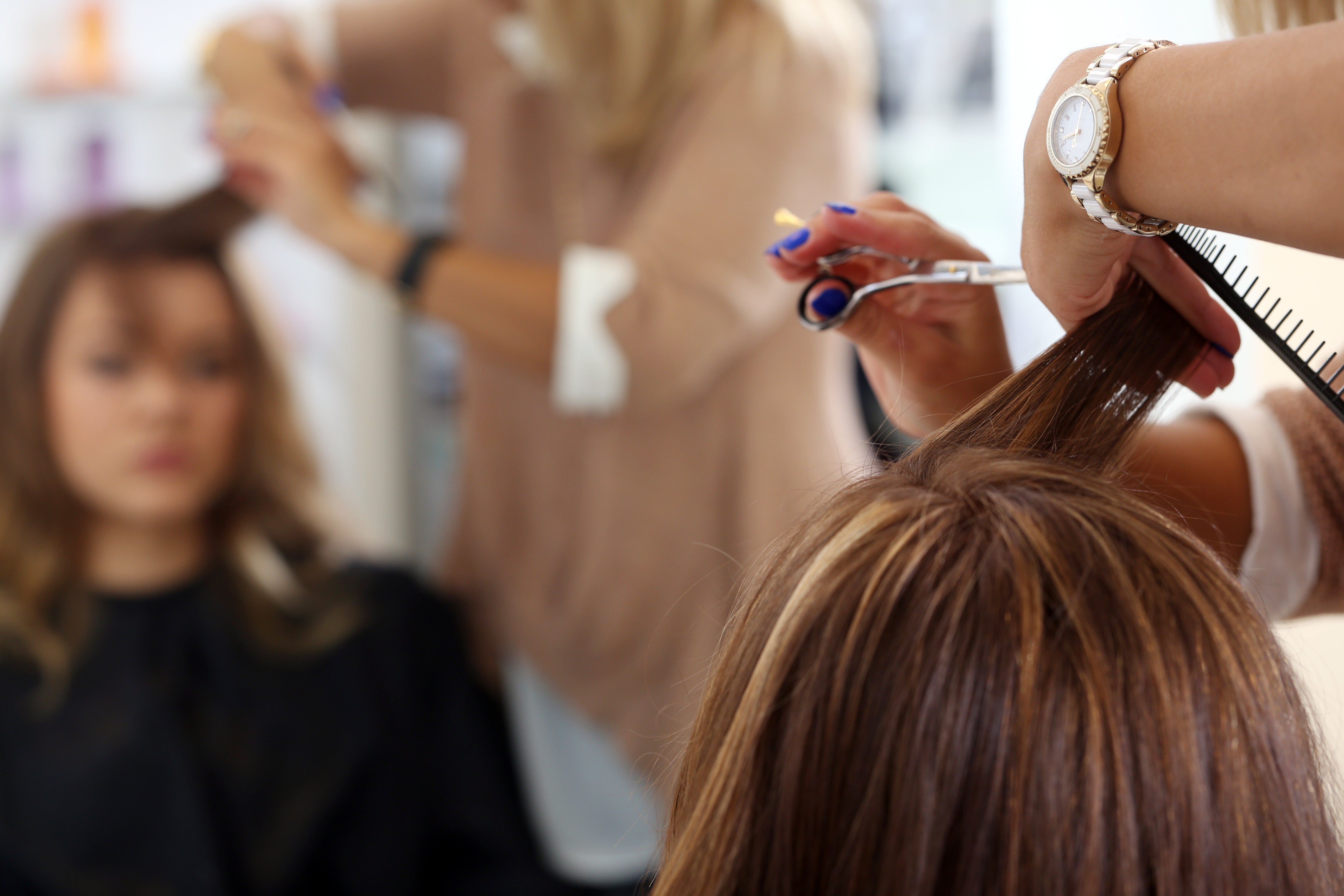Hair can be harmed very quickly. At times, hair issues go past particular problems such as dryness, frizz, or split closures. There are times when harmed hair is destroyed and no measure of conditioning can fix it.
With these hair issues, can your hair truly go from dry and coarse to smooth and gleaming? For the record, your hair is comprised of dead cells, which implies that if your hair has been harmed, there is extremely no chance to get for you to treat it and make it go back to its 100 percent original state other than trimming it and simply containing the harm.
So what truly causes serious hair harm and how would we prevent it? Here it goes:
- Heat
Regardless of whether your hair is synthetically processed or normal, a lot of heat can hurt it. This relates to day by day heat maltreatment using flat irons, hair curlers, or squeezing brushes. It additionally applies to high temperatures used even once. Hair can and will burn if very hot devices are utilized on it.
Blow dryers, hair curling accessories, or flat irons harm hair. Styling with heat can "cook" hair strands and lead to the cuticle and permeable hair, utilizing heat over and over again or at high temperatures can make your hair progressively prone to harm and damage, the too-high temperatures permanently damages the structure of your hair thus making it very hard to style and keep in place. Also, as your hair grows out, it becomes uneven as the hair on your roots is still undamaged but the tip of your hair is already dull and dry which may also lead to hair breakage and more serious hair damage.
How would we limit the harm?
At whatever point possible, air dry your hair and do not use presses on it. Following the use of gentle shampoo and conditioner, apply a therapeutic styling treatment and let your damaged hair dry normally.
In the event that you truly need to blow dry your hair, do the following:
Keep your hair styling tools in a very low-heat setting. The higher the temperature, the more harm it can do to your hair. Too much heat can harm your hair regardless of its source. Remember to always use the lowest heat setting on any item and place a limit on the time the hot air coming from your blow dry, iron, or styler comes in contact with your hair.
Blow dry your hair from a distance. Fortunately, you might not need to surrender it totally. One research found that holding the blow dryer 15 centimeters (around six inches) far from your hair and moving the blow dryer persistently can help decrease harm.
Put on heat-protection hair products. These items are intended to help ensure that your hair is protected from heat damage and keep those pesky split ends at bay
Go all natural. This is the most ideal approach to prevent harm while drying your hair. Try hairstyles that do not require heat such as beach waves styled just by hair spray. Then again, letting your hair’s natural style and texture to take charge is definitely to die for.
- It all because of the bleach
Hair bleaching is one of the proven hair damaging procedures that you can do. If you have gone from dim to light hair, you most likely know how great the harm that hair bleach can incur on your hair.
Bleach is utilized to expel your regular hair shading from each strand. To do this, it makes your hair swell, enabling the detergent to achieve the internal piece of the strand. Here, it disintegrates the melanin that gives your hair color. This procedure can leave hair dry, permeable, weak, and delicate. The lasting changes in your hair structure can likewise make it less solid and flexible.
How would we limit the harm?
Dye less as often as possible or not in any way. There is no chance to get around it. Bleach will always harm your hair at a certain degree. The less you do it, the better.
Use sun protection. The sun's UV beams can hurt your hair. Faded hair is particularly helpless to UV harm.
Add moisture. If you think that there is really a need for you to bleach your hair for whatever reason, make sure to condition or add moisturizer to your hair before doing it, give careful consideration to saturating your hair and stay away from other harming exercises, similar to styling with the use of heat, for two or three weeks.
Be extra cautious with chlorine. In addition to turning your locks an undesirable shade of green if it is bleached, chlorine can take moisture from your hair and abandon it feeling much progressively weak and coarse.
** In order to avoid this situation:
- You ought to likewise wash your hair completely when you escape the pool.
- Flush your hair with fresh water before going in the pool. This moisture may help keep the chlorine from changing the shade of your hair and drying out your strands.
- Make sure to use a specially formulated swim shampoo and conditioner.
- Chemical Abuse
When we say chemical, it talks about hair dye, relaxers, and all other chemicals that are being used to style your hair. Although all of these treats your hair for you to get the style that you want, not all of them promises that they will NOT harm nor damage your crowning glory.
When items such as relaxers and hair color are easily available in the market to be purchased almost by anybody and use them all by themselves, most of the time, they aren't utilized properly and that is where damage and harm comes in. Regardless of whether you went pastel, mermaid, or simply attempted to cover a couple grays, coloring your hair at home can have consequences that last longer than the shading. Chemical colors can expel your hair's normal dampness, rapidly making smooth hair coarse to the touch.
Another factor is “how often” do you put relaxers on or dye your hair. If your hair very harmed, reevaluate chemical hair procedures for the meantime. Specific kinds of hair color such as hair bleaches can harm hair or stress hair that is already harmed. Talk to your beautician about gentler ways to deal with hair shading, for example, your hairdresser may opt to use ammonia-free formulas when dying your hair.
At the same time, talk about more beneficial options in contrast to permanent waves or straighteners which can likewise be harming to hair. Temporary smoother formulas, for instance, dispense frizz, control curl and prolong the life of a blow-dried hair. A solid setting salve or splash used with Velcro rollers can deliver curl or body with the smallest effect on hair well-being.
How would we limit the harm?
Remain on your shade. Specialists prescribe picking a color inside three shades of your normal shading and deciding on shades that are darker instead of lighter to limit hair harm to a minimum. Unnatural hues are increasingly hard to keep up and may need to be retouched every so often.
Decide on semi-or demi-permanent. Medications that permanently adjust the hair can change the hair so forcefully that the main fix is to develop it out and begin once again.
Leave it to the experts. Salons can be costly, yet shading is regularly best left to the experts. An expert colorist realizes how to utilize the right items to limit harm.
Stick to one service at any given moment. If you need to artificially unwind, rectify, color, or perm your hair, it's best to do it one service at a time. This gives your hair time to recuperate between medicines.
Color less frequently. Broadening the time between retouches can likewise help diminish harm. If manageable, hold up 8 to 10 weeks — or more! — Between hair coloring appointments.
To make this increasingly possible:
- Wash your hair less every now and again.
- Just use shampoos intended for colored hair.
- Wash cleanser and conditioner with cool water. Heated water can cause the hair cuticle to open, or lift, enabling the color to wash out.
- Never neglect your hair
Sound, healthy hair does not simply occur. It gets the chance to be that path with routine consideration, which means you ought to have some sort of routine set up. A few ladies see "schedule" and think this includes a long time of styling, prepping and spoiling. Not really! Each great hair routine ought to have the accompanying set up:
- Cleanser
- Conditioning
- Deep Conditioning (Hair Masks, Hair Spa, etc.)
- Protein (optional)
If you choose different medications, for example, oil flushing, that is fine, however, they are a bit much and is sometimes no longer necessary. Smart style decisions and a streamlined consideration plan can bring about spending close to 20-30 minutes on your tresses most days, not including wash and deep conditioning days.
- Never miss an appointment
Also, a nice, smooth, soft hair is sometimes brought about by just simply cutting your hair. Regular haircuts can go far toward keeping your hair solid and very much kept up. Going excessively long between cuts can lead to dry split ends. What's more, with whatever remains of your strand, you can't assemble split ends back.
While the genuine answer here is pretty much just getting a haircut to evacuate the tricky ends, there are several things you can do while you hang tight for your appointment.
If your harmed hair has a straw-like surface and great hair days are a thing of the past, the primary thing you can improve and reestablish body is to get a trim. To achieve great outcomes, you don't need to get a super short hairstyle; you can leave some length and treat the remaining harmed hair. If you are brave and adventurous enough to slash everything off though, a short weave or charming pixie can fix all the harm in one decisive victory.
Although not everyone can rock a short hair as short as a pixie cut, in any case, a healthy trim with layers might be the hairstyle to go to enable your harmed locks to put their best self forward. This ought to be trailed by a solid hair routine for harmed hair, including the use of a restorative cleanser and conditioner. Hair will, in general, be most harmed toward the tips; it is been around the longest and had more opportunity to be influenced by the components, styling items and handling, and other harm causing sources.
How would we limit the harm?
Treat your hair well. Pursue great hair care practices to counteract harm so your hair looks incredible when you go longer between trims.
Evacuate the harm. Motivate standard hairstyles to evacuate your dry, harmed finishes. Your beautician can enable you to choose to what extent you ought to go between cuts.
The bottom line is you really cannot undo the damage that has been done to your hair, but you can change your hair care habits and give your hair the much-needed love. Do not overdo the treatments and make sure to research if such treatment would do irreversible harm to your hair. Also, each hair type is different from the other; make sure to consult which one is suitable for your hair type.
Above all these possible hair damaging treatments that we are getting just to achieve that “hair goal”, it is still best to seek help from your resident hair stylist and make sure that you have a go-to hair regimen that you administer at least every other day so that your hair would not lose its natural moisture. After all, the reason why your hair becomes dry is that these procedures seep out the water and moisture out of your hair.
Remember to shampoo and condition regularly, and never miss an appointment with your hair stylist. After all, healthy hair is the best hair that you can get.
